1. Overly Themed Rooms

When a room is committed to a single theme—like “Parisian café” or “coastal farmhouse”—it can quickly veer into costume territory. It might feel fun at first, but too much commitment to one idea can make the space feel more like a set than a home. It leaves little room for evolution or personal expression. And it often comes off as curated for guests, not for living.
Instead, try pulling subtle inspiration from a theme without going full character mode. A few French-inspired touches or coastal textures can go a long way. Let your personality lead, not the Pinterest board. A home should feel like you, not a concept.
2. Matching Everything

When the sofa matches the chairs, which match the rug, which match the curtains—it starts to feel more like a showroom than a home. It’s a common shortcut to looking “put together,” but it can also feel overly staged. Real homes have contrast, texture, and a little bit of unpredictability. Too much coordination can feel sterile and safe.
Mixing materials, colors, and styles adds depth and interest. Try pairing a modern couch with a vintage coffee table or mixing metals in your lighting and hardware. The goal is cohesion, not uniformity. A little mismatch makes a space feel more human.
3. Too Many Statement Pieces

A bold light fixture, a patterned rug, or a sculptural chair can be stunning—but when every item is fighting for attention, the room starts to feel chaotic. It’s like everyone’s trying to be the lead in the same play. Instead of elevating the space, it overwhelms it. The eye doesn’t know where to land.
Pick one or two focal points and let the rest of the room support them. Think of it like a great outfit—statement earrings don’t need a statement necklace too. Balance is what makes bold choices shine. Not everything needs to be a conversation starter.
4. Excessive Trend Chasing

Checkerboard rugs, fluted wood, squiggle mirrors—if your home is a greatest hits of the last 12 months on social media, it might be trying too hard. Trends can be fun, but when they dominate a space, it starts to feel more performative than personal. It’s like decorating for likes instead of for life. And it can date your space faster than you think.
Instead, choose trends that genuinely resonate with you and mix them with timeless elements. Let your home evolve naturally, not on a viral schedule. A space that reflects your taste will always feel current. Authenticity never goes out of style.
5. Over-Styled Surfaces

When every shelf, table, and countertop is filled with perfectly arranged objects, it can feel more like a retail display than a home. It’s beautiful, sure—but also a little exhausting. Real life needs room to breathe. And overly styled surfaces can make guests feel like they shouldn’t touch anything.
Leave some negative space and let a few areas be purely functional. A little imperfection adds warmth and approachability. Your home should feel lived in, not just looked at. Style should support life, not replace it.
6. Faux Luxury Overload
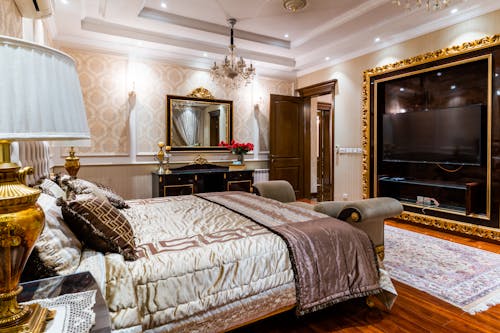
Gold finishes, velvet everything, oversized chandeliers—when used sparingly, these elements can feel glamorous. But when they’re everywhere, it starts to feel like a set for a reality show. Faux luxury often reads as trying to impress rather than express. And it can come off as more flashy than refined.
True luxury is about comfort, quality, and restraint. A single beautiful material or well-made piece can elevate a room more than a dozen flashy ones. Let your space whisper, not shout. Understated elegance always wins.
7. Too Many “Conversation Starters”
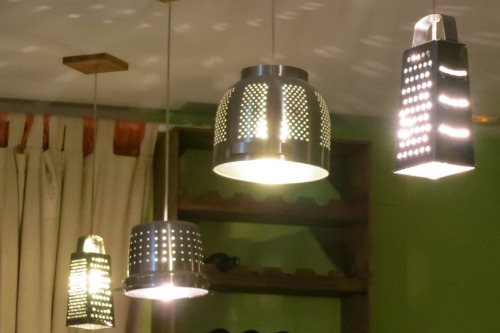
A quirky lamp here, a neon sign there, a coffee table made from a reclaimed airplane wing—it’s fun until it feels like every item is begging for attention. When everything is a conversation piece, it can feel like the home is performing. It’s more about impressing guests than creating comfort. And it can be mentally exhausting to be in.
Choose a few standout pieces and let them breathe. Not every object needs a backstory or a punchline. Sometimes the most meaningful things are the quietest. Let your home speak in layers, not monologues.
8. Overuse of Designer Labels
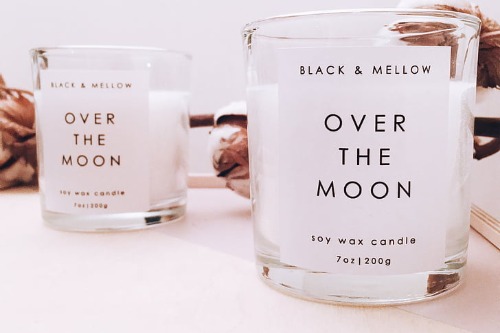
When every visible item is branded—whether it’s a “designer” candle, a nameplate throw pillow, or a logo-covered blanket—it can feel more like a showroom than a sanctuary. It’s a subtle way of signaling status, but it can also come off as insecure. A home should reflect your taste, not your receipts. And too many labels can feel more commercial than cozy.
Mix high and low, and focus on what you love, not what’s recognizable. A well-loved flea market find can be just as impactful as a designer piece. Style isn’t about price tags—it’s about perspective. Let your home reflect your values, not just your budget.
9. Instagram-Ready Vignettes

That perfectly styled coffee table tray, the stack of books with a candle and a tiny sculpture—it’s a look that’s everywhere online. But when every corner of your home is curated for the camera, it can start to feel artificial. It’s more about the shot than the space. And it can make your home feel like it’s always on display.
Let some areas be purely functional or even a little messy. Not everything needs to be “content.” A home should feel good to live in, not just to photograph. Real comfort beats curated perfection every time.
10. Overly Coordinated Color Schemes
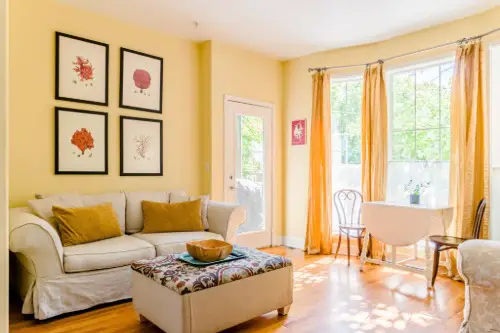
When every room sticks rigidly to a single color palette—say, blush and gold or navy and white—it can start to feel a little forced. It’s a common move when trying to create cohesion, but it can also limit creativity. Real homes have layers, surprises, and shifts in mood. Too much coordination can feel like you’re decorating by numbers.
Let your color palette evolve naturally. Add a pop of something unexpected or let one room break the mold. Cohesion doesn’t mean sameness. A little contrast keeps things interesting.
11. Furniture That’s Too Sculptural to Use
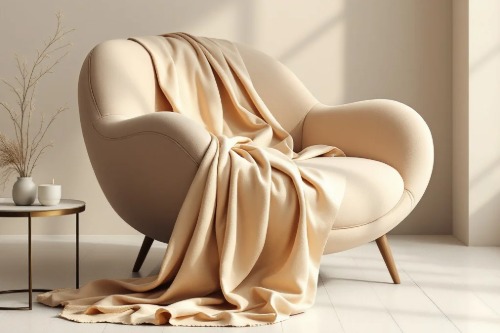
That ultra-modern chair might look amazing in photos, but if no one wants to sit in it, what’s the point? When form completely overtakes function, it can make a space feel more like an art installation than a home. It’s a common trap when trying to impress with design. But comfort should never be an afterthought.
Choose pieces that are both beautiful and usable. Design should support your lifestyle, not just your aesthetic. A home is meant to be lived in, not just admired. Beauty and comfort can—and should—coexist.
12. Trying to Impress Instead of Express

At the heart of it, the biggest giveaway that a home is trying too hard is when it feels like it was designed for other people’s approval. Whether it’s guests, social media, or resale value, the focus shifts from how it feels to how it looks. And that disconnect is easy to sense. A home should reflect who you are, not who you think you’re supposed to be.
Decorate with things you love, even if they’re not trendy or “correct.” Let your space tell your story, not someone else’s. When you design for yourself, the result is always more authentic. And authenticity is the most stylish thing of all.
This post 12 Things That Make a Home Feel Like It’s Trying Too Hard was first published on Greenhouse Black.
